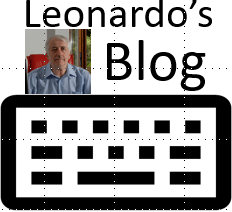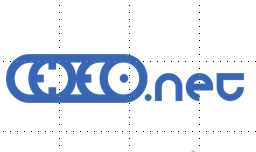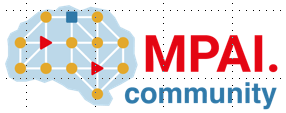Thirty years is a long time…
…and exactly as many as 30 is the number of years that separates today from the closing day of the 29th MPEG meeting in Singapore when the MPEG-2 standard was approved. It was the 11th of November 1994. The approval of MPEG-2 was a watershed because it was the conclusion of a turmoil that had lasted three decades. MPEG succeeded in what, less than six years before, looked like mission impossible: a solution to the “next-generation TV” for the three…



















